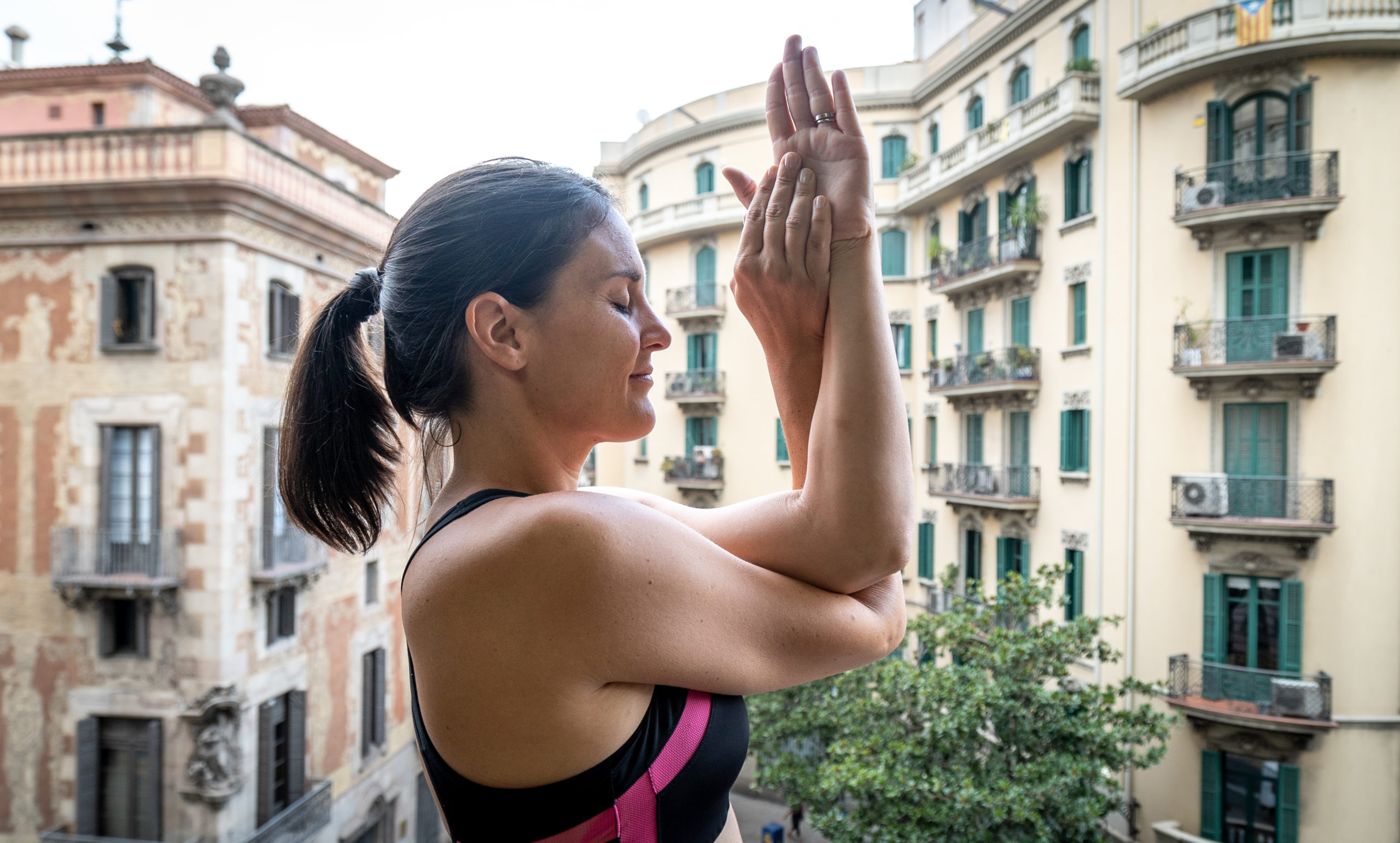How to reduce Stress with Yoga?
What is stress?
Stress is a feeling of emotional or physical tension. It can come from any event or thought that makes you feel frustrated, angry, or nervous. Stress is your body’s reaction to a challenge or demand. In short dose, stress can be positive, such as when it helps you avoid danger or meet a deadline. According to the World Economic Forum report, 43% of respondents in over 100 countries claimed to have experienced stress, up from 38% in 2019. Border closures, workplace closures and job cuts are believed to be the cause.
How can this make us feel?
Stress can feel like we are under pressure or threatened. It usually happens when we are in a situation that we don’t feel we can manage or control.
What happens when your stress response never shuts off?
If Stress isn’t recognized or left untreated it can give us trouble sleeping, headaches, or shaking. Stress can lead to emotional and mental symptoms. When you are stuck in sympathetic mode, the stress response is invoked almost constantly (even at a lower intensity). We experience then:
- Anxiety or irritability
- Depression
- Panic attacks
- Sadness
- And other symptoms
What aspects of psychotherapeutic yoga can help?
Psychotherapeutic Yoga is a fantastic tool to gain knowledge on what poses can be used for the regulation of our emotions and nervous system. We use poses, breathing techniques and meditation tools which can bring our energy back to our center and digesting positively these sensations of oppression such stress, anxiety or depression.
We can observe different categories of Asanas that are used to work on reducing stress in the body:
Forward bends – Twist – Inversions as well as Extensions & mindful movements.
The nerves are activated, and blood vessels dilate helping to balance sympathetic stimulation. The mind becomes calmer, stress is decreased, and blood pressure is lowered.
Example of poses:
- Cat Cow flow
- Adho Mukha Svanasana
- Thread The Needle Pose Flow
Pranayama
Try a balancing ratio to help you balance your energy, bringing it back to your center:
Example Ratio: 4-1-4-1 : Inhale for 4 seconds – hold the breath for 1, exhale for 4, hold for 1.
Do not hesitate to change the ratio equally should you have a superior breathing capacity, we could adapt the ratio as 5-2-5-2 or 6-3-6-3 and so on.
Balancing the inhale and the exhale will generally have a balancing effect.
Follow us on Instagram! We are talking about stress for the entire month of August.
“Your fundamental nature is pure, conscious, peaceful, radiant, loving, and wise, and it is joined in mysterious ways with the ultimate underpinnings of reality, by whatever name we give that. Although your true nature may be hidden momentarily by stress and worry, anger and unfulfilled longings, it still continues to exist. Knowing this can be a great comfort.”
― Rick Hanson, Buddha’s Brain: The Practical Neuroscience of Happiness, Love, and Wisdom










